By Eric Knight
The Benefits of Calcium Hardness in Cold Water ?
Calcium is often treated like a four-letter-word by pool service professionals. This negative opinion of calcium comes from a misunderstanding, equating high levels of calcium hardness to carbonate scale. This article will not only debunk that opinion but make a case for maintaining higher, healthier levels of calcium hardness in your swimming pool. It’s a proactive thing to do, especially in the winter. The Benefits of Calcium Hardness in Cold Water!
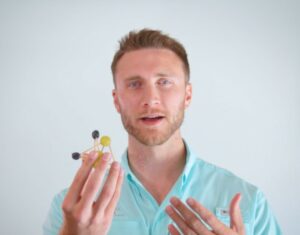
Let’s begin with the fundamental misunderstanding about calcium hardness. Most of us think that high calcium hardness is the primary cause of scale formation…but that’s not accurate. This is confusing because the Langelier Saturation Index (LSI) measures the saturation equilibrium of calcium carbonate (CaCO3). It only makes sense to think of calcium hardness as the cause of that hardened calcium deposit in the salt chlorine generator, heat exchanger, or on the tile line. Calcium scale MUST be because of high calcium, right?
It’s the pH in water balance
Not necessarily. Sure, calcium is obviously a factor, but not the primary factor that drives scale formation. When we look at the LSI, we see that calcium hardness is far less impactful than pH. Alkalinity, too, has a stronger impact on the LSI than calcium hardness. Water temperature also plays a role, whereby each ºF moves the LSI by 0.01.
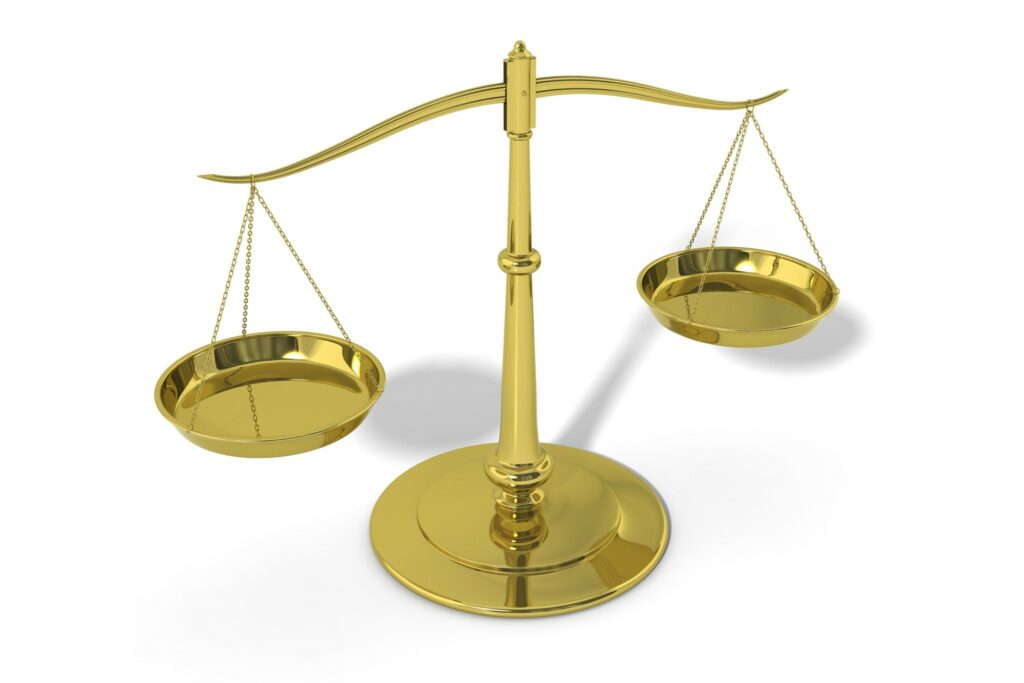
Calcium as Insulation
While calcium’s impact on scale formation is significantly less than pH–and to a lesser extent, alkalinity–calcium brings a few undeniable advantages when it comes to water chemistry. First, if the name of the game is maintaining LSI balance, nothing comes close to calcium in terms of reliability and consistency. Calcium is remarkably stable. If you have 250 ppm in April, you will probably have close to 250 ppm in August (unless you are using Cal Hypo as primary chlorine). Contrast that with pH, which might as well be a rabbit jumping up and down, or alkalinity, which also moves up and down.
Calcium dissolves better in cold water
The second advantage of calcium is its solubility in cold water. In climates where swimming pools are winterized or even those that dip down into the 50º area, calcium hardness becomes vital. Almost every substance dissolves easier in hot water, but not calcium. Calcium dissolves easier in cold water. So when the water temperature drops, you can count on calcium hardness to be there…just make sure you have enough of it. The biggest mistake we see in winterization is ignorance of the LSI. And the most reliable way to maintain LSI balance in cold water is with calcium hardness. We think of it sort of like insulation, or food for the bear (pool) about to hibernate (winterization). Can we rely on alkalinity or pH to stay the same during the winter months?

Etching vs. Scale
The LSI is the unbiased indicator of water balance. On the low end (< -0.30), water is aggressive and hungry for more calcium carbonate. This aggressive water is what causes etching in cementitious pools. In vinyl or fiberglass pools, it causes fading. Etching and fading are permanent damage.
The flip side is a high LSI (> +0.30), which means the water is over-saturated with calcium carbonate…it has too much. Since water cannot be greedy, it must deposit this excess calcium carbonate somewhere, and water temperature usually indicates where. This is why hot salt chlorine generators and heat exchangers tend to scale up first, then a sunny tile line or spillway. This also explains why your shower head at home may have scale on it, but the bathtub itself probably does not.
The Significant Six ?♂️
There are six factors to the LSI, and they all matter. The bad news is, it’s 6 factors to keep track of and manage. The good news is there are plenty of options on how to manage water chemistry and to overcome out-of-range chemistries. For instance, extremely high calcium hardness (800 ppm+) does not have to cause scale, if you keep your pH at 7.2 and alkalinity at 80. And an 8.0 pH does not necessarily cause scale either if you have CYA over 80 in a salt pool with 4000 TDS. Play around with the free Orenda App, and you will see how the factors can be used to your advantage.
All you need to focus on is getting the LSI value to be a green number. There are 720 combinations to do it (the factorial of 6).
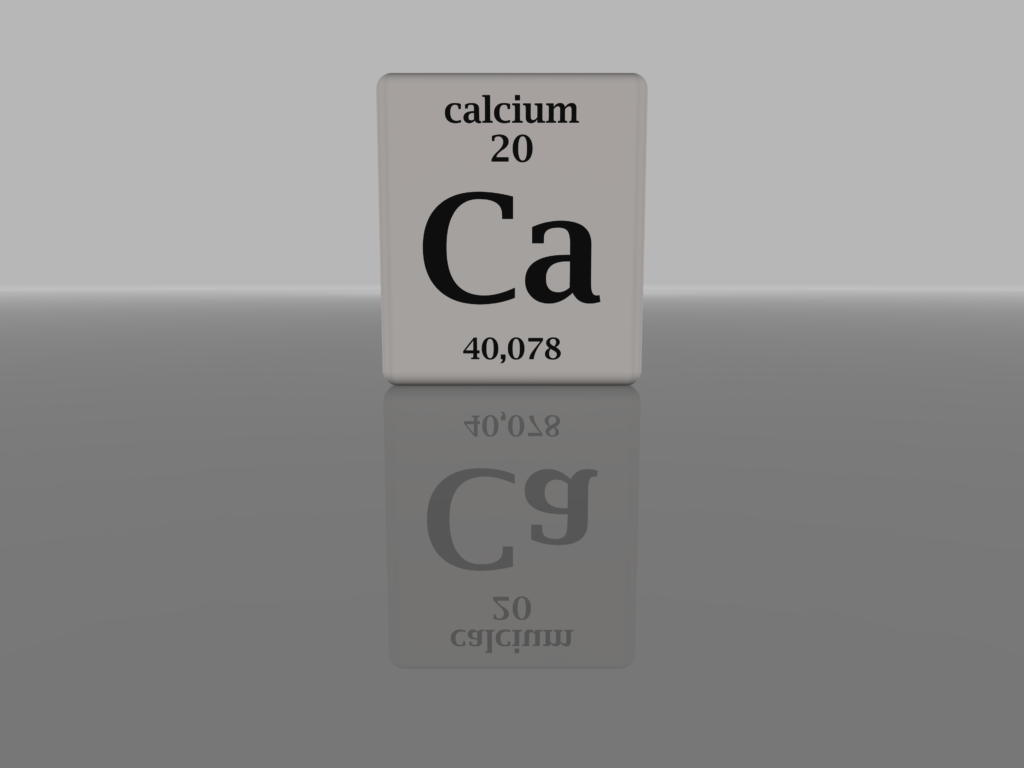
Calcium as a Foundation
We like to build our water chemistry strategy on a foundation of calcium hardness. Why? Because it is so stable and reliable. The ideal calcium hardness level is whatever allows you to quickly balance the LSI year-round. Maybe in sunny south Florida, that’s 250 ppm. In cold Minnesota, it’s probably more like 450 – 500 ppm. If your pool freezes, in Orenda’s opinion, 400 ppm is the bare minimum for the winter.
With a solid foundation of calcium year-round, you might find that maintaining LSI balance becomes a lot easier and more affordable. Instead of pursuing a moving pH, you can make micro-adjustments and keep them in line. With salt or liquid chlorine, the pH climb is predictable, and therefore controllable. Without a foundation of calcium hardness, the range of movement is more significant, and therefore more difficult (and expensive) to manage.
Calcium is your best friend.
Similar Article What is Total Dissolved Solids?

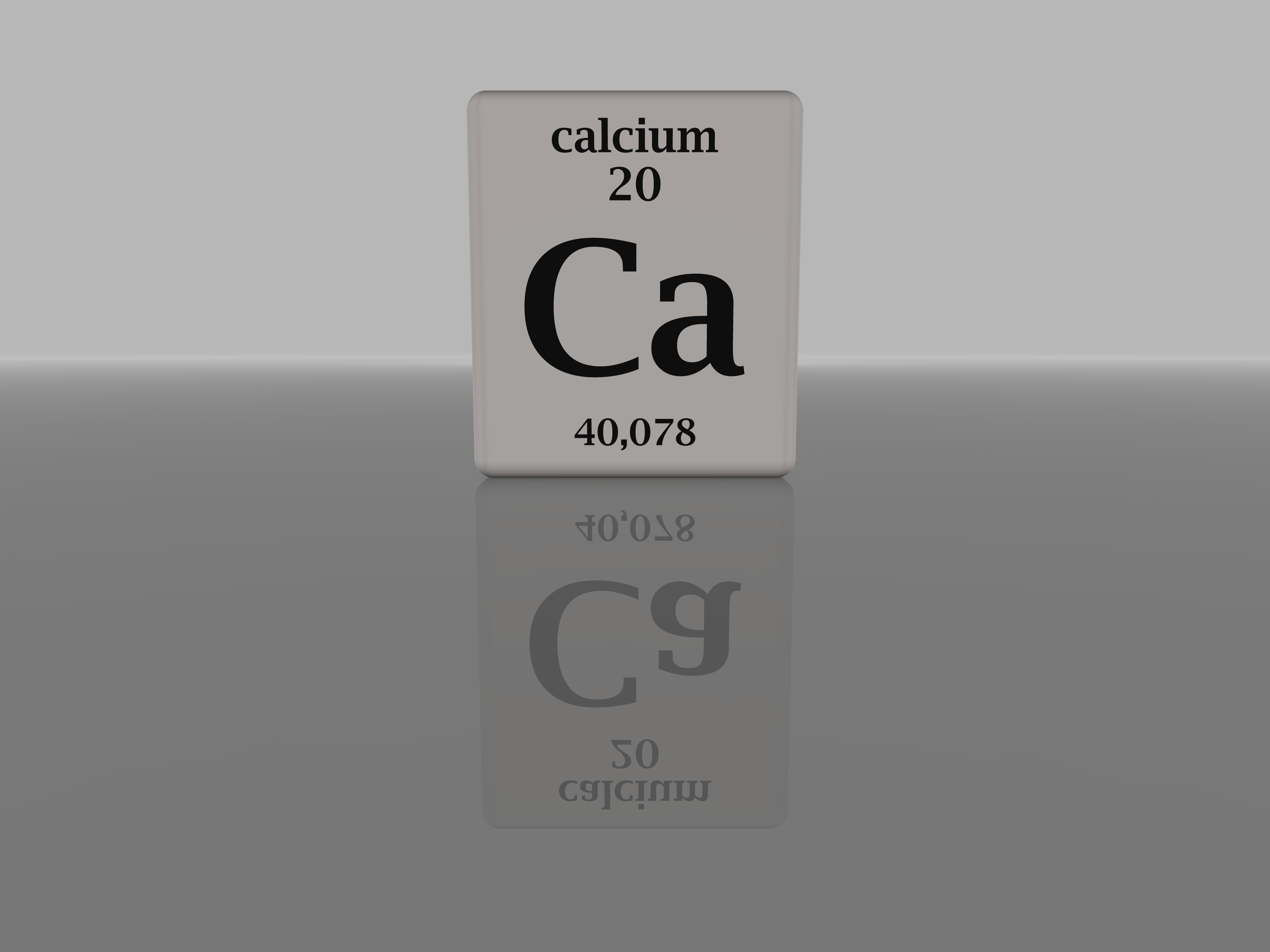


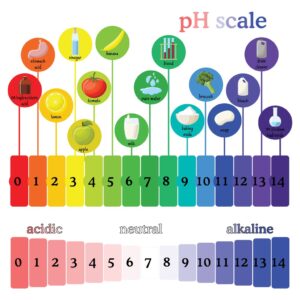
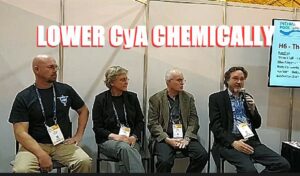

Great post! Very informative.
I like to say calcium is a good friend that will never leave you…:) . Great article.
^^^ This! Well said Ryan.